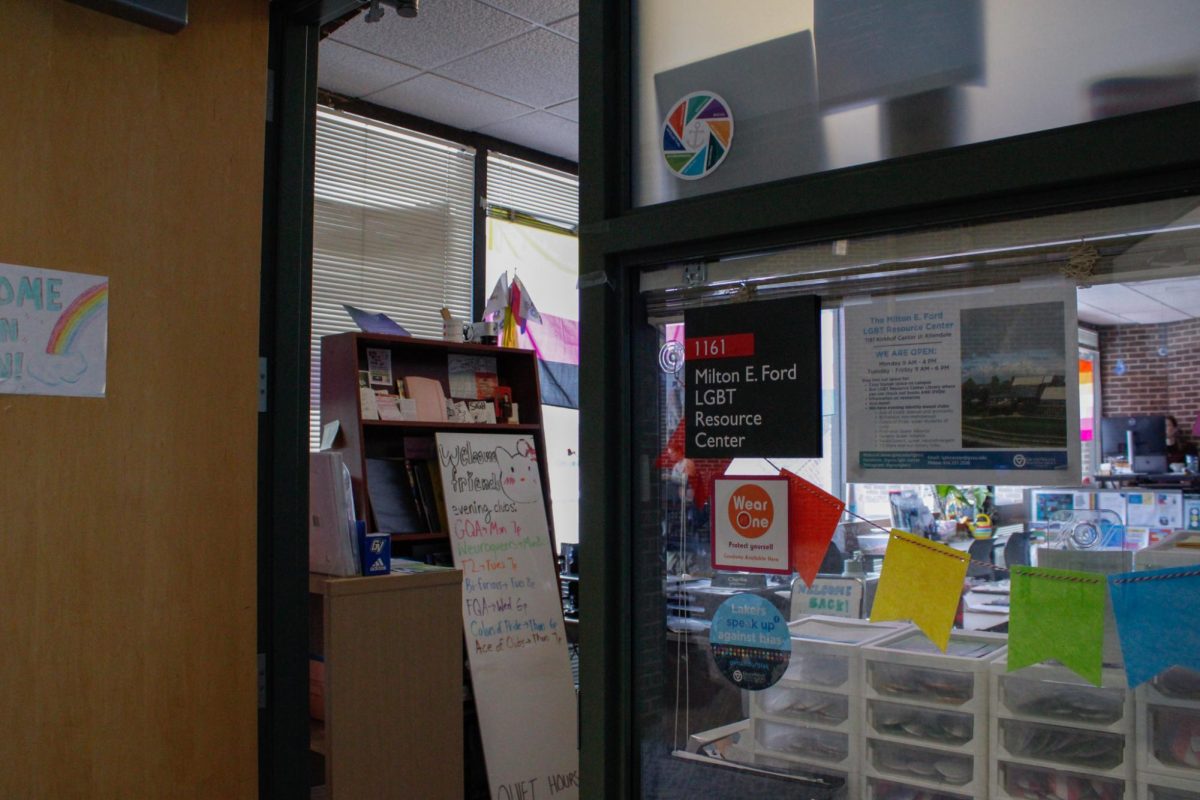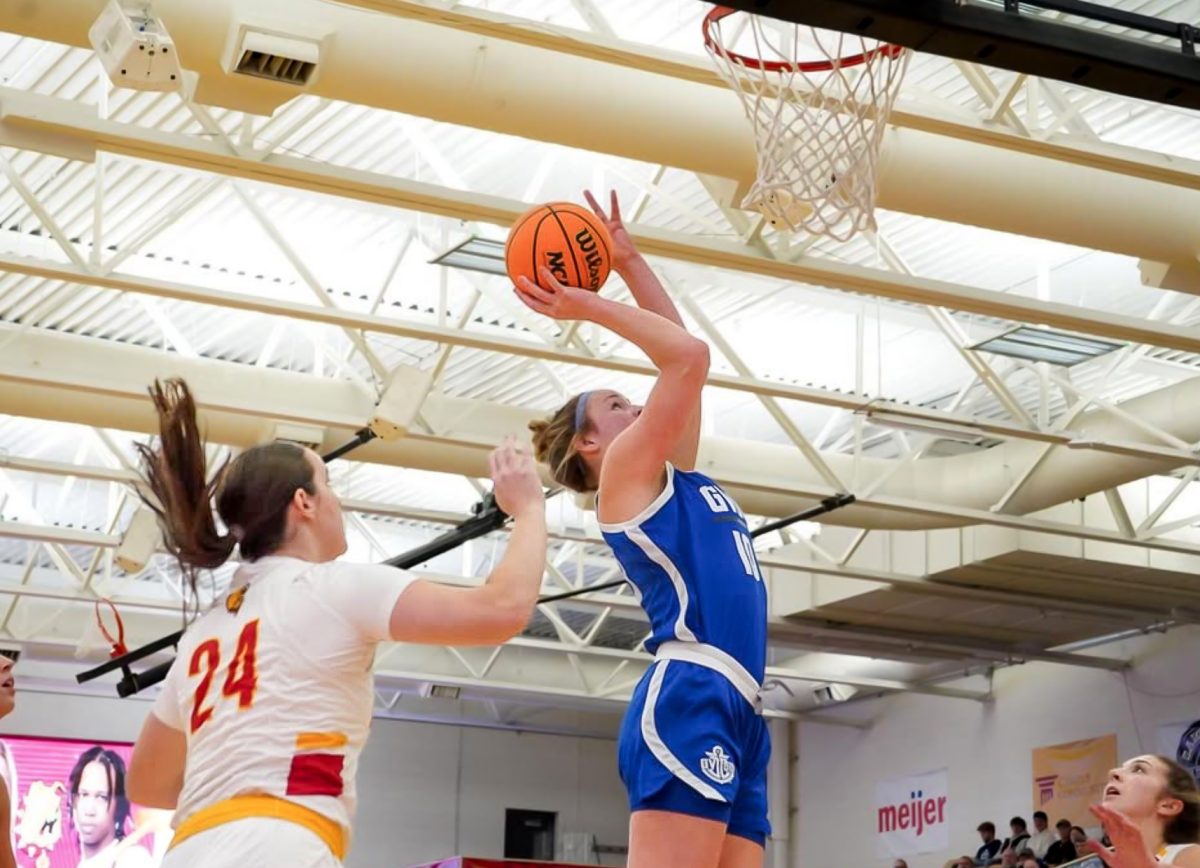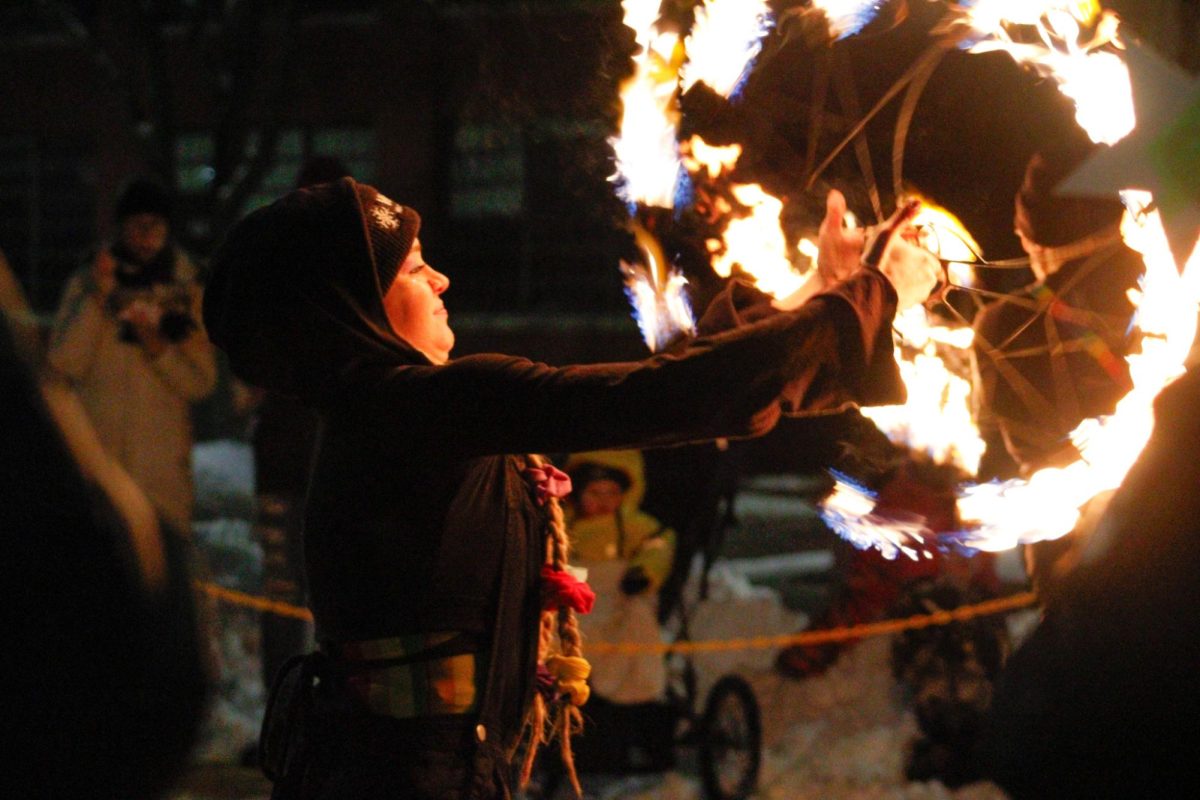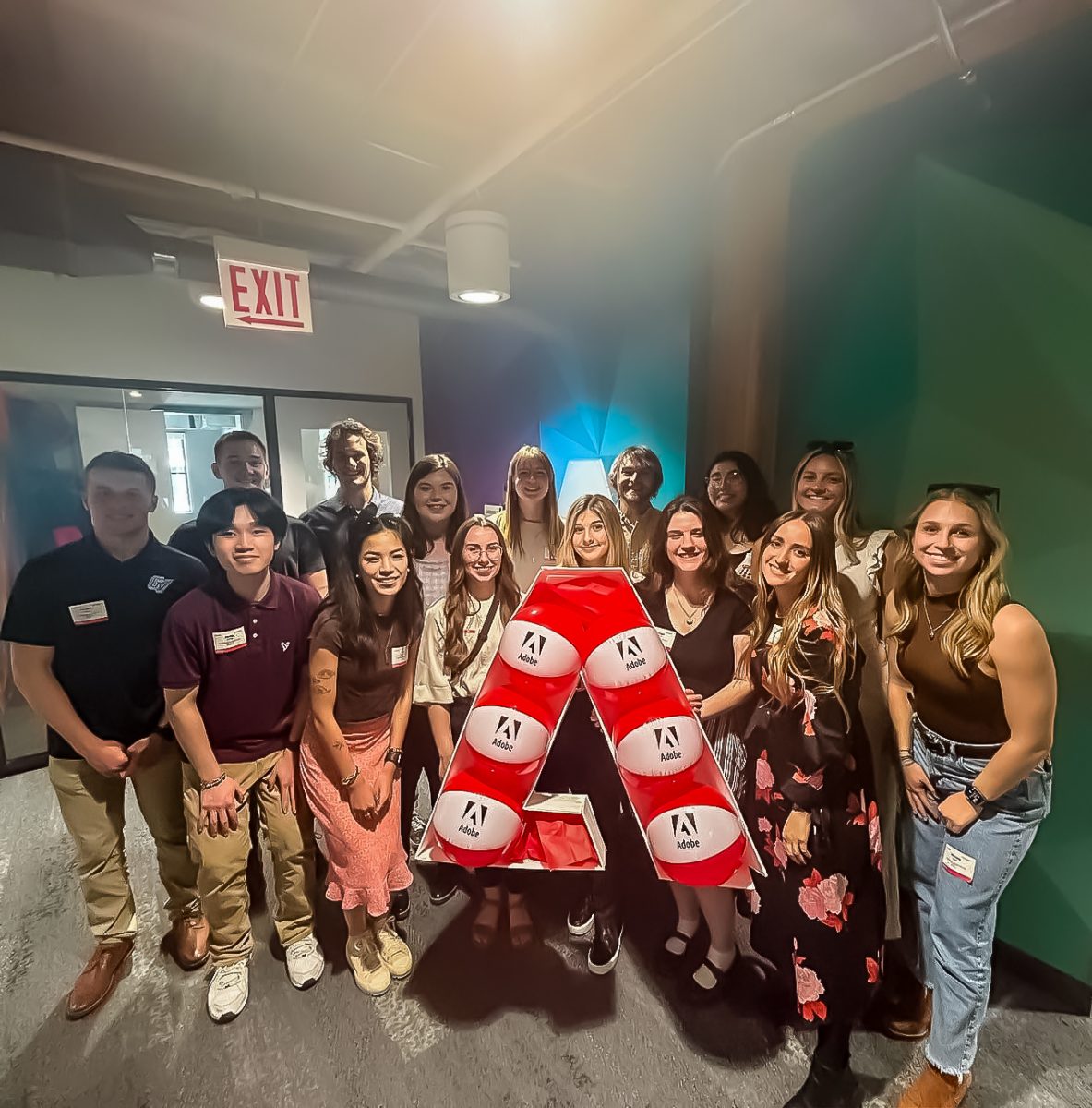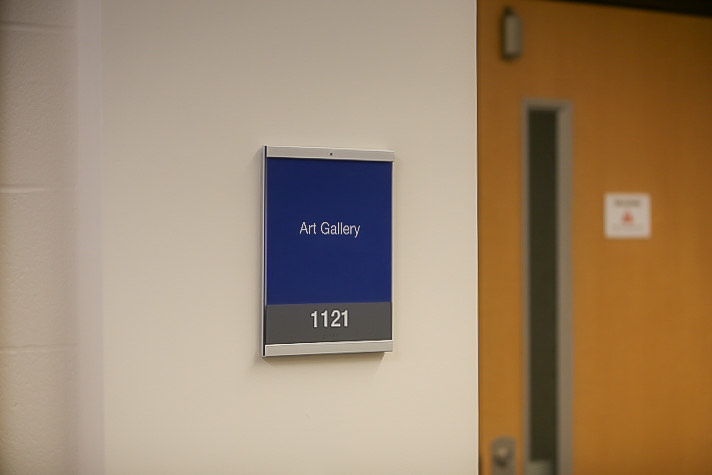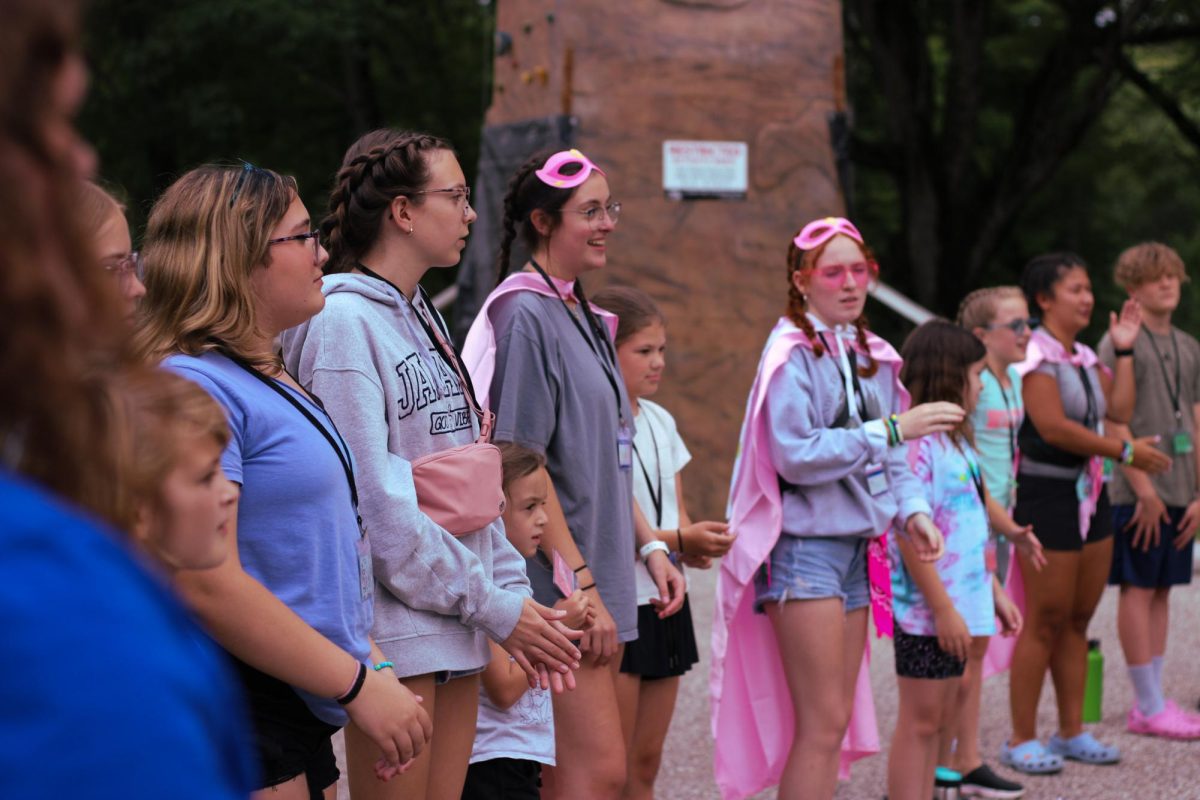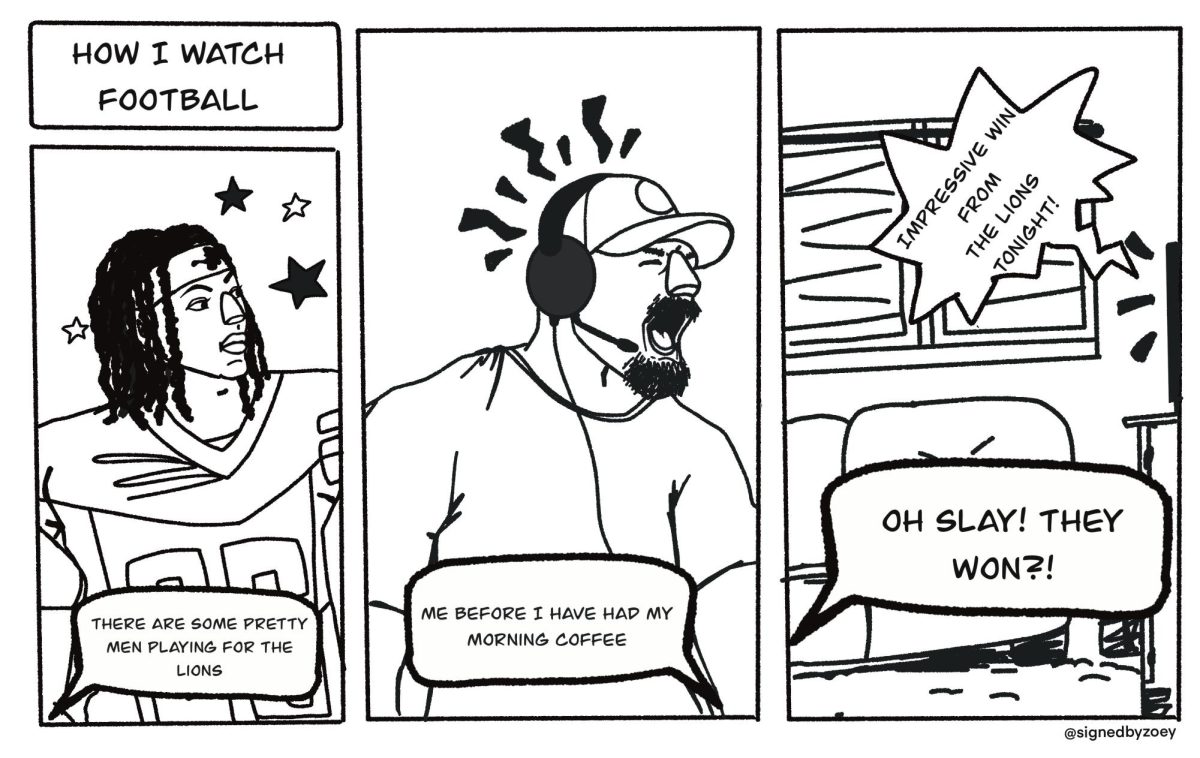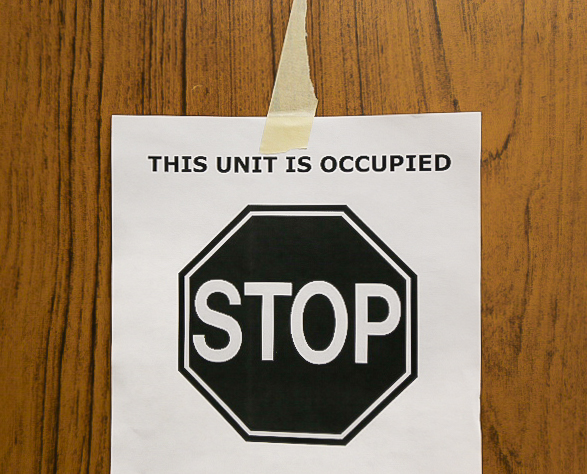Broadway Grand Rapids’ ‘The Color Purple’ delivers spirit, soul, love
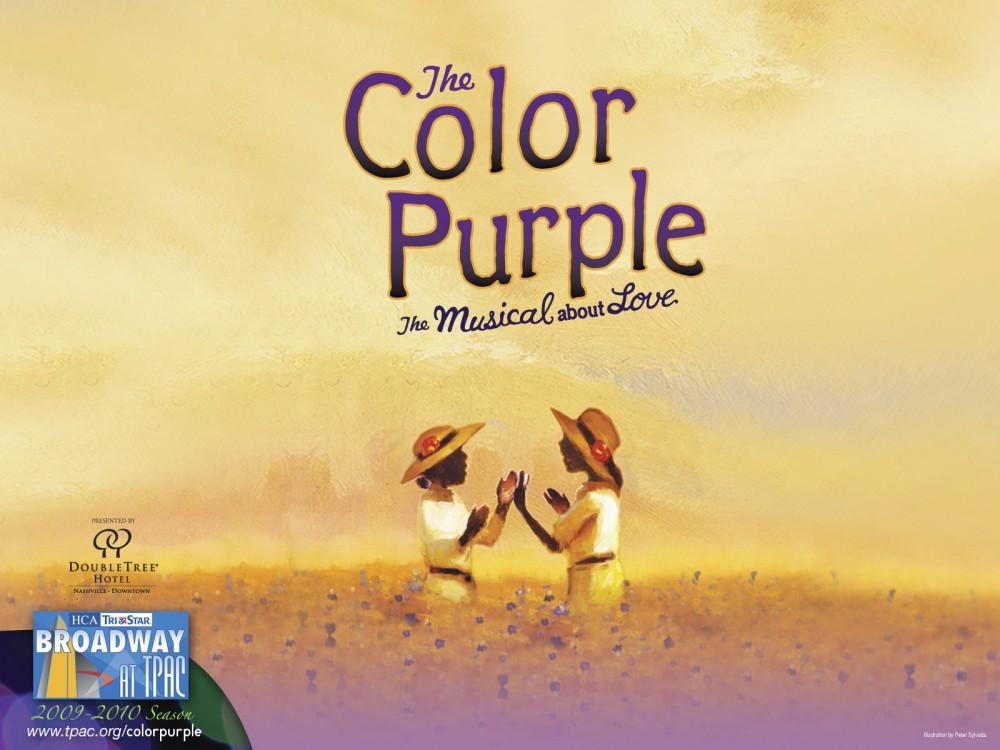
Courtesy Photo / patron.tpac.com
Apr 5, 2010
Broadway Grand Rapids’ just-concluded production of “The Color Purple” took the issue of color to a whole new level, exposing purple as full of hatred and love.
This musical about love followed the life of Celie, a young black woman living in Georgia who was forced to marry a man who doesn’t love her and felt left all alone in a prejudiced and cynical world.
Finding love and acceptance in the most unlikely places, Celie learned to accept herself the way she is and found the courage within to leave her husband and eventually make amends with loved ones and enemies.
Touching on topics of lesbian love, abusive husbands and black stereotypes, this musical related both the comical and the serious aspects of a black woman in the early 1900s.
Full of a cast with first-rate vocals, the production began with a classic mockery of a Southern Black church, complete with chorus, soulful “Amens” and foot stomping.
Dayna Dantzler as Celie gave a beautiful performance in “Somebody Gonna Love You” and amazed the audience with her clear vocals.
In “Hell No!” the ensemble women of the production sent the audience into fits of laughter as they accompanied big and bossy Sophia, proclaiming their rights as women — no man would beat them.
Taprena Augustine as the famous show girl, Shug Avery, sang in “Push Da Button.” In this jazz song, the juke joint came to life as Avery and company all swing danced and pushed and pulled to the sensual music.
Complete in presenting a full package of black cultural music, the second act opened to wild African music with dancers in tribal garments.
With deep-thrumming music, the orchestra pounded out the African tunes to wild hoots and hollers from the dancers, depicting Celie’s sister, Nettie, whose life as a missionary in Africa is shown.
Celie described her anger and hate for the injustice of her world as the color purple, identifying it with her bruises and humiliation. In retaliation, Shug sang “The Color Purple” as a depiction of Celie’s unrecognized beauty in spirit and soul.
The set varied in sceneries, giving a backdrop of a sunset over a field with hanging trees, purple vines, wooden fences and hanging laundry. With skill, the production changed to various sets and eras through the use of detailed props and costumes.
Celie opened her own store called “Miss Celie’s Pants,” showing feminism and poking fun at “who wears the pants in the home now” as the women of the town walk around in high-waisted bell bottoms.
Following a powerful reprise of “The Color Purple,” the production received a standing ovation as the individual performers gave a bow.
After gesturing to the orchestra, the cast began to sing again to the soulful reprise, involving the audience in clapping and swaying to the tune and ended with an “Amen” that only a black choir could give.
The production was a success and managed to bring every emotion, color and song genre to the stage.




